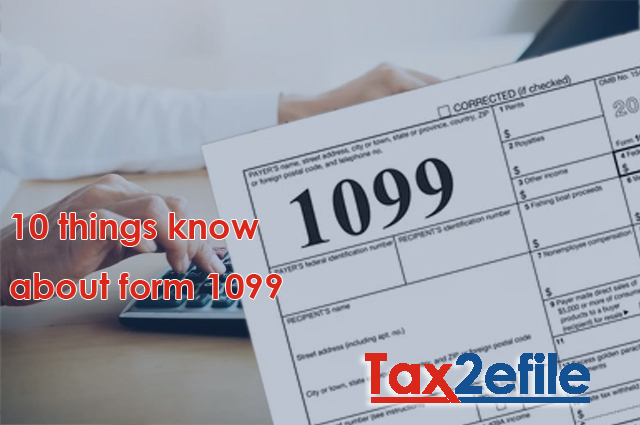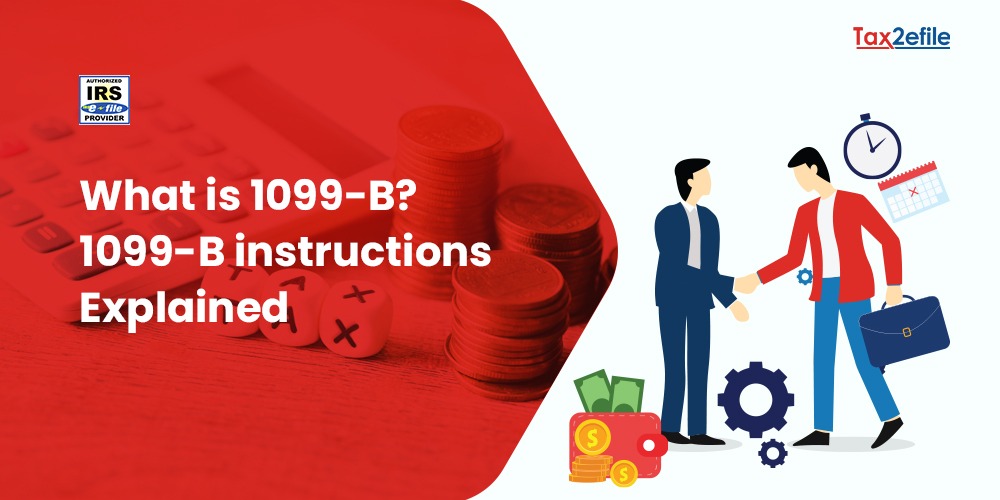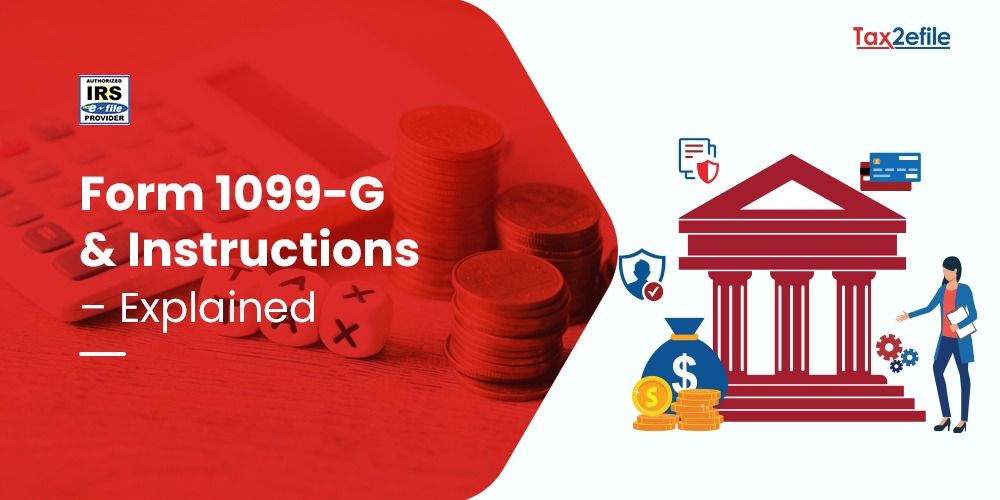- December 24, 2021

Form 1099 helps in reporting income from interest, dividends, self-employment earnings, government payments, etc. Form 1099 corresponds to a series of documents that the IRS uses to file information returns. There are many different types of 1099 Forms that report different types of incomes that one receives throughout the year, apart from the salary that the employer pays. The person or the firm that pays you will be responsible for filling out the appropriate 1099 Form and sending it to the taxpayer by January 31st of the year.
Top 10 Things to Know about Form 1099
Form 1099 is for Information Return:
Form 1099 helps the US taxpayers to report their income to the Government so that the IRS can collect appropriate taxes from them. And thus Form 1099 is considered as an information return Form by the IRS.
Form 1099 not for individuals:
Individual taxpayers are not responsible for filing Form 1099 and they are generally filed by employers, financial institutions, etc., who would have paid salary or interest to independent contractors.
Physical and electronic mode of operation:
All 1099 Forms are eligible for both electronic application and mail submission and the due date for filing all of the 1099 Forms is 1st February of the tax year. Payers of 1099 Forms and employers should file them by January 31st.
Types of 1099 Forms:
There are different types of 1099 Forms.
Form 1099- DIV:
This form is received by those who own a stock or a mutual fund and this Form is used specifically for reporting income from dividends and distributions.
Form 1099- INT:
This Form pertains to the interest income. A person will receive a 1099 INT Form if they have a savings account and other investments that earn them interest.
Form 1099- MISC:
This Form is sent to those who have worked for someone as an independent contractor. Freelancers and self-employed individuals with several clients will receive 1099- MISC from each of the clients, who have paid them $600 or more.
Form 1099- R:
This Form pertains to distributions from pensions, retirements plans, annuities, insurance contractors, IRAs, profit sharing plans etc. Those who have received $10 or more from IRA and other sources of retirement income will get Form 1099-R.
1099 for debt cancellations:
At times, transactions would increase the taxable income, even when the contractor doesn’t receive a payment. This happens when the IRS considers debt cancellation as income that is taxable and it has to be reported in Form 1099-C, meant for debt cancellations.
1099 – G:
Form 1099 G is filed by the Government for those who have received unemployment payments from the Government funds.
Reporting 1099 Forms:
At times the taxpayer will not receive 1099 Forms from their contractor if they are paying them less than $600, but it is still the responsibility of the taxpayer to report that information on their tax return.
The 1099 Forms should be included with the tax return papers to notify the IRS on the total payment one receives in the financial year from all their clients. The IRS forms always serve as a piece of the puzzle for contractors and the best way to sort them is to take help from a credible and reputed tax filing agency like Tax2efile.


